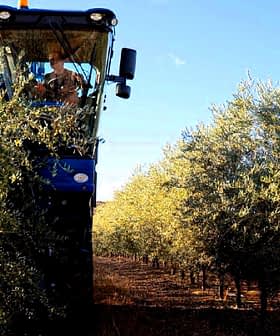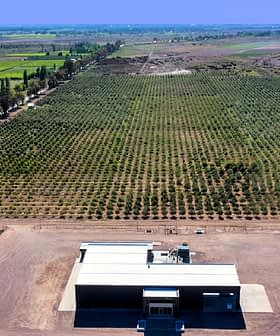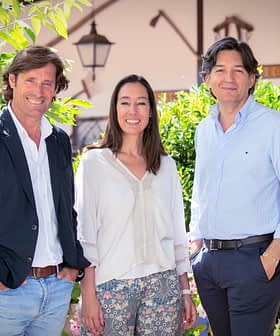Part of our continuing special coverage of the 2021 NYIOOC World Olive Oil Competition.
Once again this year, producers from northern Italy celebrated an array of Gold and Silver Awards for their high-quality extra virgin olive oils at the 2021 NYIOOC World Olive Oil Competition.
Producers from Liguria, Lombardy, Trentino-Alto Adige, Veneto and Emilia-Romagna helped Italy achieve record success at the world’s most prestigious olive oil quality competition.
We want to produce high-quality extra virgin olive oil and also to present our place to the world.
“This recognition is the result of an extraordinary season,” Massimiliano Consolo, the business development manager of Agraria Riva del Garda, told Olive Oil Times. “I can say that, in quantitative terms, we had the best harvest of the last 20 years.”
Founded in 1926, the producer behind the Gold Award-winning Garda Trentino PDO Uliva brand later became a cooperative. Since 2008, Agraria Riva del Garda has focused on producing extra virgin olive oil, wine and other traditional local products.
With 330 members, of which almost 100 are olive oil producers, the company is located in Riva del Garda, in the province of Trento. The cooperative manages 85,000 trees on approximately 270 hectares. Overall in Trento, there are an estimated 1,200 olive growers from a dozen of municipalities.
“Sharing our quality vision, the farmers who use our mill have specific characteristics,” Consolo said. “When it comes to harvesting, the operations, which should be carried out in 45 days, require a detailed and coordinated effort from the growers.”
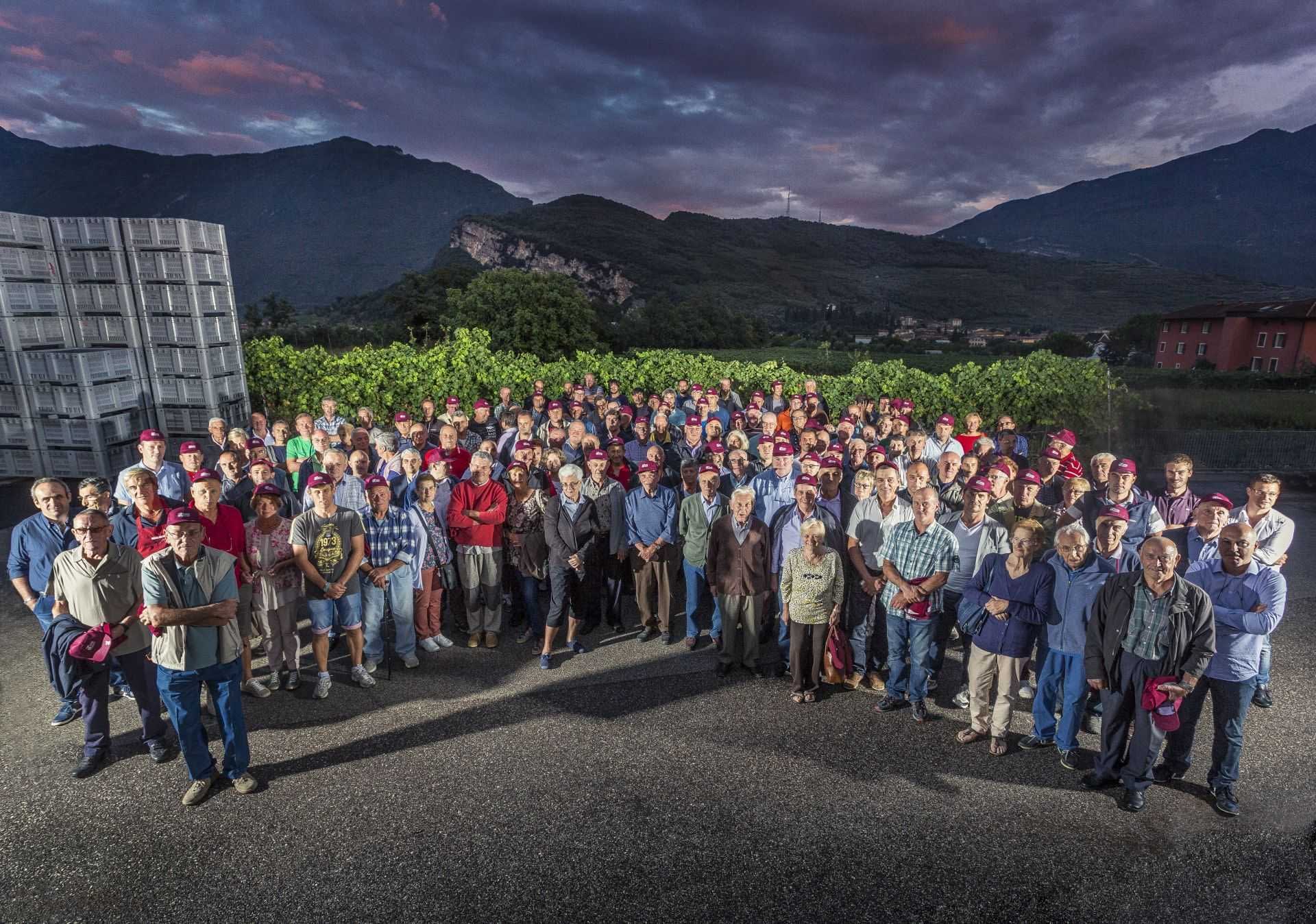
Photo: Agraria Riva del Garda
“There is careful organization throughout the year and the entire production process, from the measures taken in the grove to the time of fruit collecting,” he added. “Our suppliers receive payment according to the quality of their fruits, and this allows us to reach very high standards.”
The fruits are then pressed in the state-of-the-art facility situated at the cooperative’s headquarters.
The main varieties cultivated by the cooperative’s farmers on the northern banks of Lake Garda are Casaliva, Frantoio and Leccino, which have acclimatized over time to the temperature fluctuations caused by the area’s geographical position.
See Also:The Best Olive Oils from ItalyIn this part of northern Italy, weather coming from the Alps is mitigated by the breezes of Lake Garda, creating a microclimate that has sustained olive oil production here since Roman times.
“We are located on the 46th parallel, where vegetative development occurs about a month later than in the southern Italian regions,” Consolo said. “The harvest takes place in late October, and it is still early to make forecasts, but we are aware that we probably see the effects of alternation on volumes, while quality always remains our priority.”
“Our new project is the creation of a space dedicated to hospitality,” he added. “We are very keen to show our company, our mill, and our land to our customers, who will have the opportunity to see the work and dedication that lie behind our quality up close.”
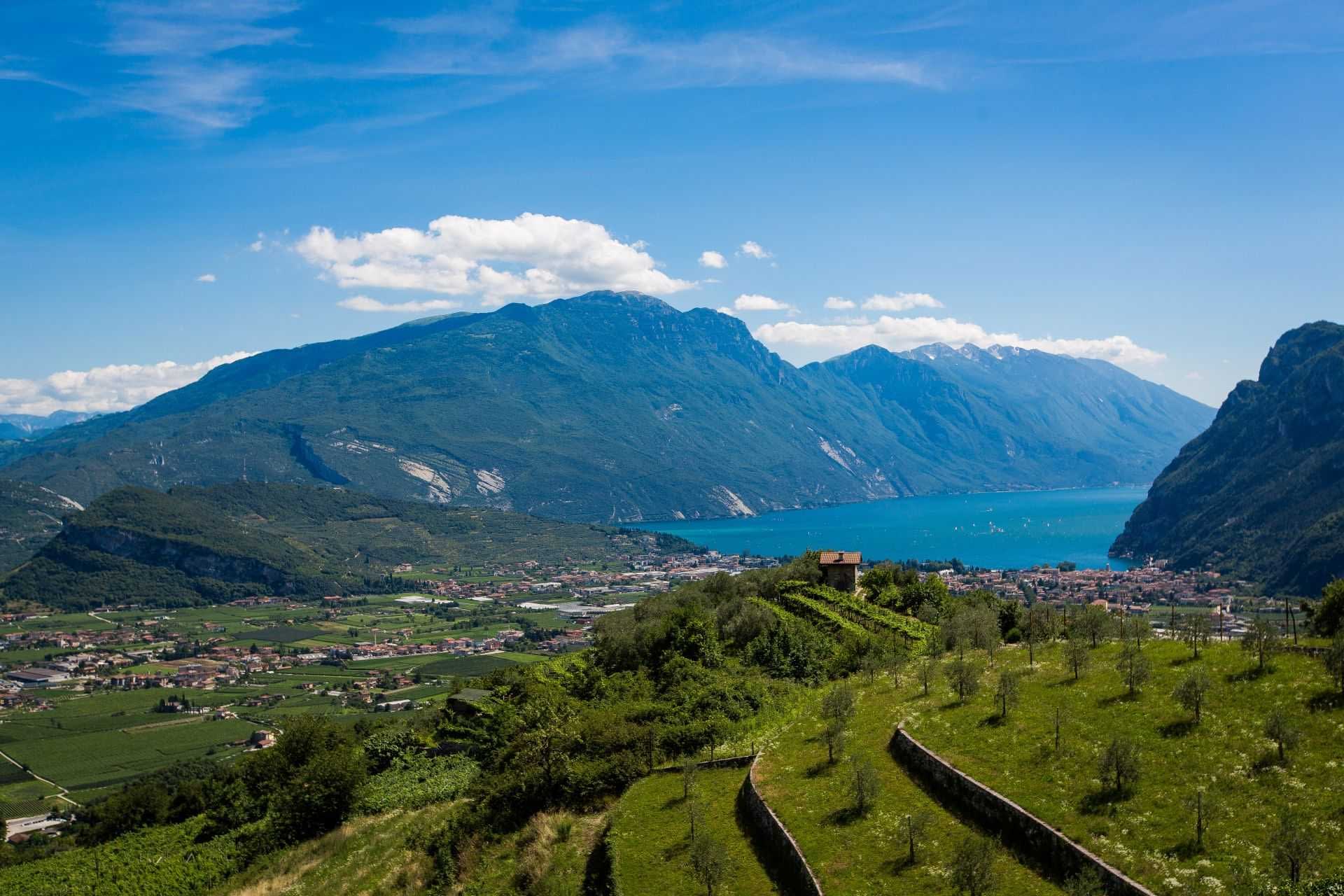
Photo: Agraria Riva del Garda
Just a short distance northeast of Lake Garda, in the Veneto region, the producer behind Le Creve crafts his Gold-Award winning Garda PDO oil.
“It was a great satisfaction to receive this recognition,” Paolo Forelli told Olive Oil Times. “Our oil has hints of almond, which this year is extraordinary, and a note of coffee that, when it develops, is a sign that we have made a good product.”
In Malcesine, his century-old olive trees are arranged on small plots scattered across the landscape, from the plains to the hills, up to 400 meters above sea level.
“These are ancient groves with 120 or 130 plants per hectare,” he said. “The largest parcel contains 200 trees, for a total of 600 trees of the Casaliva variety on about four hectares of land, which my family has managed since we settled in this beautiful town in the province of Verona 40 years ago.”
The company was established by Forelli’s parents, Mario and Enza, in 1982, when they founded a restaurant their sons now manage. The eatery specializes in spit-fire meat, with ample outdoor tables surrounded by olive trees.
“Since 2014, we have been members of the Garda PDO Consortium of which we share the innovative and interesting ideas that aim to promote and enhance our quality,” Forelli said. “Our vision includes completely sustainable management of the orchard.
“Therefore, with the support of an agronomist, hard work and dedication, I treat the trees only with specific products that reinvigorate them and make them healthier and less susceptible to pests, with the lowest environmental impact.”
The farm’s proximity to the Alps endows it with an attractive landscape and a favorable climate. Cool air blows down from Monte Baldo and results in ideal temperature variations for the development of the plants. Last winter, they even were covered in 15 centimeters of snow.
Overall, the 2020/21 crop year was characterized by a favorable climate, with precipitation at the right moment and in proper quantities. This led to an exceptional harvest in qualitative and quantitative terms and helped prevent olive fruit fly attacks.
“My products must be good and healthy because my family, starting with my six-year-old daughter, are the first consumers,” Forelli said. “I want to leave a healthy land to my children, and I hope that they may continue to run our farm and restaurant with the same values of respect for this territory.”
To the south of Trentino-Alto Adige and Veneto is the region of Emilia-Romagna. Famous for its luxury vehicle manufacturers and Rennaisance cities, the region is also home to Palazzo di Varignana, which earned two Gold Awards at the 2021 NYIOOC for its Nostrana di Brisighella and Correggiolo monovarietals.
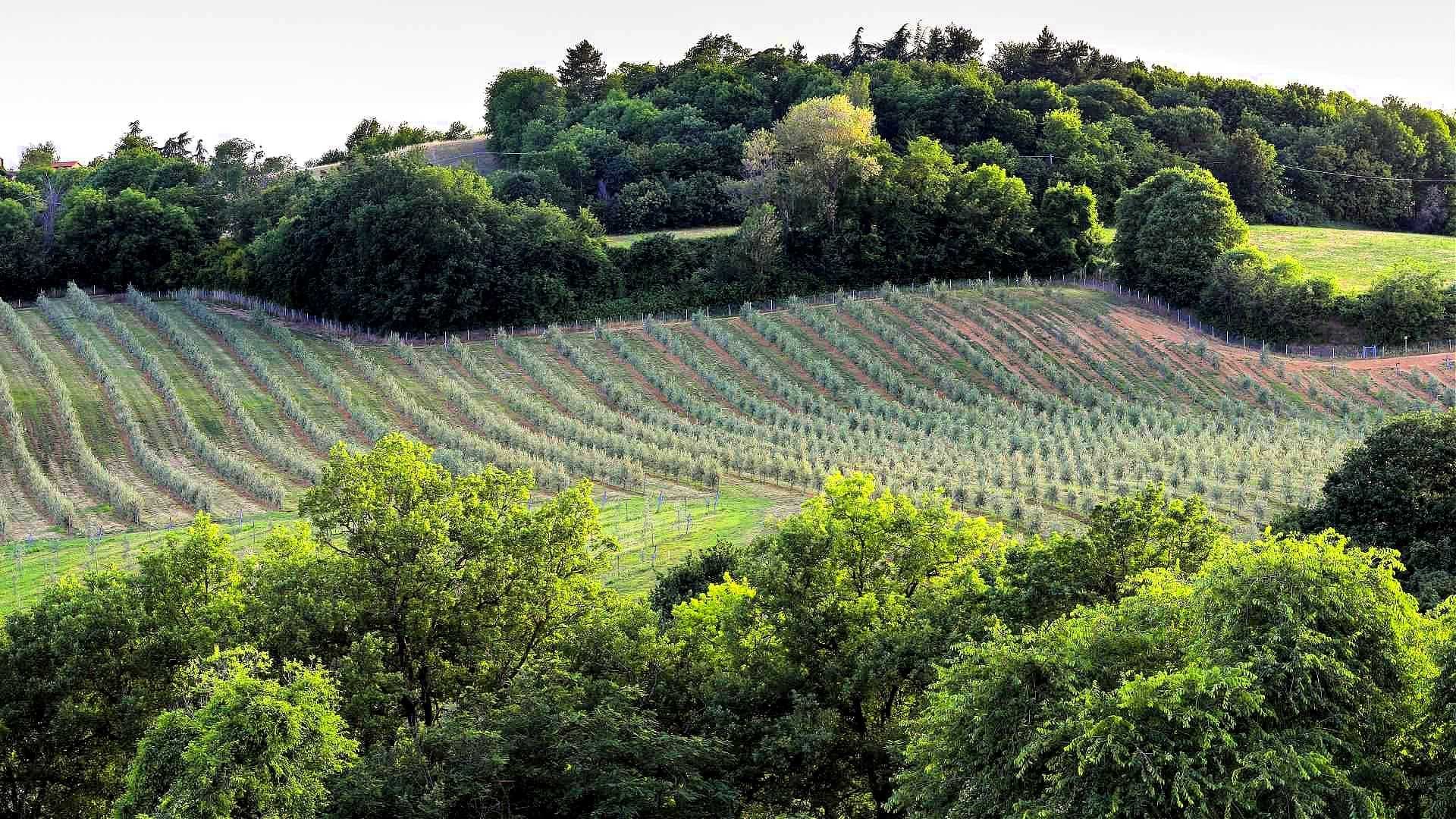
Photo: Palazzo di Varignana
“Our farm was founded in 2015 with the aim of bringing olive farming back to the hills south of the Via Emilia,” Chiara Del Vecchio, the company’s production manager, told Olive Oil Times. “When we started implementing our project, one of the main objectives was to enhance the autochthonous varieties of Emilia-Romagna.”
Located in Varignana, a hamlet of Castel San Pietro Terme, near Bologna, the property comprises 360 hectares of agricultural land, of which 150 hectares are covered by an olive grove of 150,000 trees.
About 70 hectares are planted with the native Ghiacciola and Nostrana varieties, while the other half of the orchard is dedicated to non-endemic varieties, including Maurino, Frantoio and Leccino.
“We want to produce high-quality extra virgin olive oil and also to present our place to the world,” Del Vecchio said, emphasizing the strong territorial identity of their products. Their labels invoke ancient toponyms such as Vargnano, which is the medieval name of the village where the company is located, and Stiffonte [the Correggiolo monovarietal], an ancient local river.
“All we did was reintroduce olive tree cultivation, which was practiced on these hills until the second half of the 18th century when it was interrupted by an unfavorable change in the climate,” Del Vecchio said.
“Starting from a grove with 300 historic plants at the core of our resort, we founded the farm focusing on quality, which means harvesting at the right time and crushing the olives within a few hours in an oil mill of the latest generation,” she added.
So far, the company has relied on a local facility but soon plans to open its own mill. Due to a shortage of raw materials and delays resulting from the Covid-19 pandemic, the mill will not be operational until 2023.
The project combines hospitality, with a resort and some villas, and agricultural productions, including a 42-hectare vineyard with international and native varieties such as Pignoletto, Albana, Sangiovese and Malbo.
“Not only have we set up a business with the olive tree cultivation, but our primary goal is to spread this culture,” Del Vecchio said.
“Every aspect of our activity revolves around oil, from the organization of tastings for our guests to the table setting in our restaurant, which includes a tasting glass and oleocentric recipes,” she concluded. “We do not simply add oil, but we do create the recipes around the oils. Our main purpose is really to promote the culture of extra virgin olive oil.”





